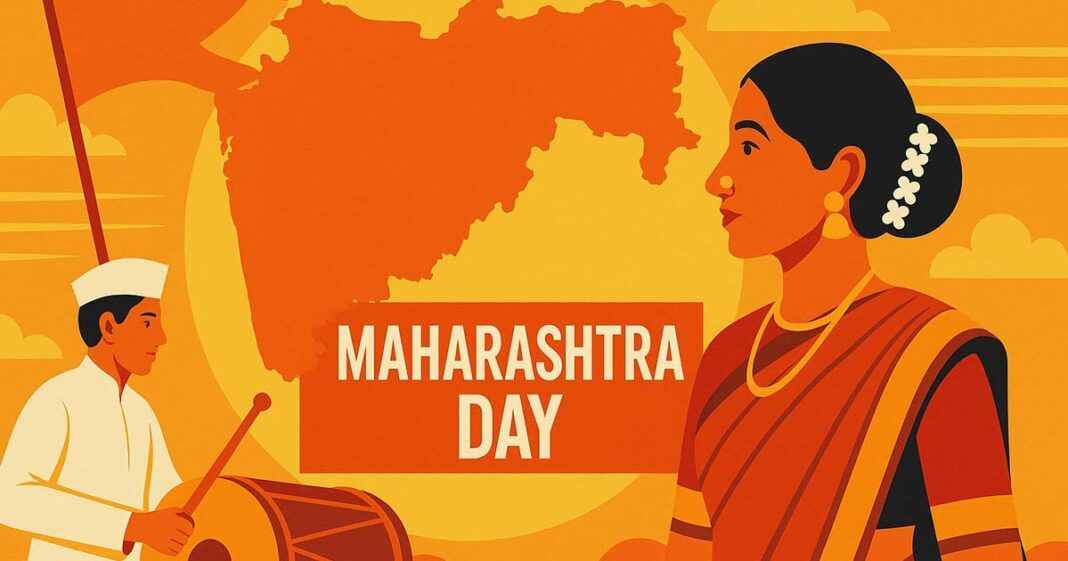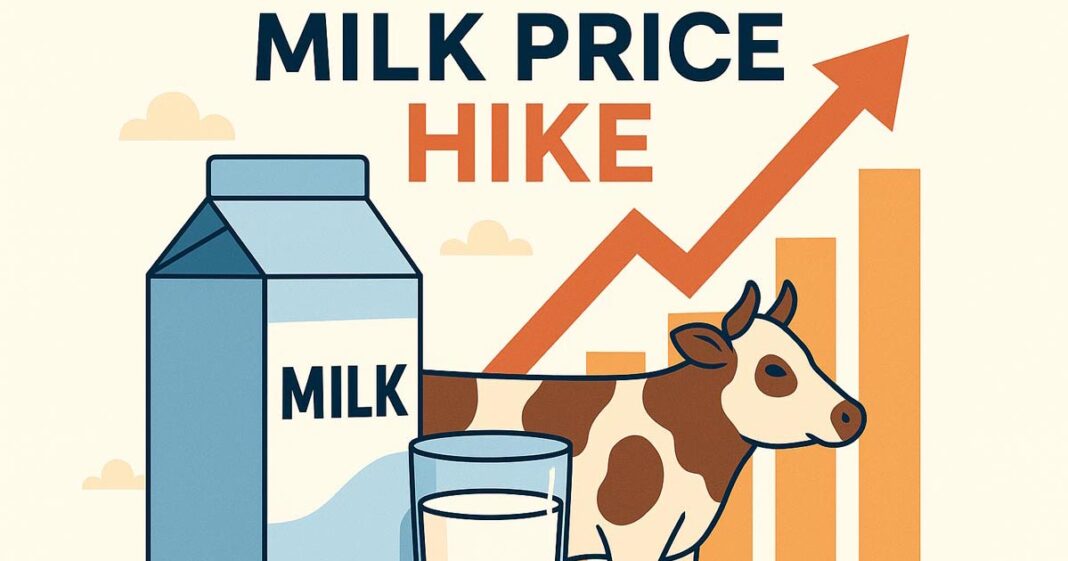Maharashtra Day : History, Cultural Significance, Celebrations & Traditions
Every year on May 1st, Maharashtra observes a powerful celebration known as Maharashtra Day, commemorating the formation of the state in 1960. More than just a holiday, it represents a rich tapestry of history, cultural identity, and regional pride. Let’s explore the roots, the modern-day traditions, and why Maharashtra Day still holds great relevance in 2025.
What is Maharashtra Day and Why is it Celebrated?
The Formation of Maharashtra on May 1, 1960
Maharashtra was formed after the Bombay Reorganisation Act, splitting the multilingual Bombay State into Maharashtra (Marathi-speaking) and Gujarat (Gujarati-speaking). The state’s formation was a milestone in linguistic reorganization in India.
The Role of the Samyukta Maharashtra Movement
The Samyukta Maharashtra Movement was a mass struggle led by activists, students, and farmers demanding a separate Marathi-speaking state. Over 100 people were martyred, commemorated at Hutatma Chowk in Mumbai.
Maharashtra Day Celebrations at Shivaji Park, Mumbai
State Parade and Official Ceremony
Every year, Shivaji Park hosts the official ceremony. The Governor of Maharashtra inspects a parade by police, fire services, and other forces. Awards for public service and bravery are also distributed.
Tributes to Historical Icons
Speeches frequently honor social reformers like Jyotirao Phule, Shahu Maharaj, and Dr. B.R. Ambedkar, linking Maharashtra’s political roots to its social justice heritage.
Cultural Events Across Maharashtra
Folk Performances: Lavani, Powada, and Tamasha
Cultural programs include performances of Lavani, Pogada, and Tamasha—traditional arts that narrate stories of heroism and social issues.
Rural Traditions: Bullock Races and Bhajan Melas
Villages across Vidarbha and Marathwada organize bullock cart races, kirtans, and bhajan competitions, preserving local traditions.
Language, Identity, and Traditional Systems
Marathi Language Pride in Schools and Colleges
Essay contests, poetry readings, and Marathi drama performances take place statewide. This reinforces the linguistic identity that inspired the state’s formation.
The Role of Dhol-Tasha Pathaks and Local Artisans
Dhol-Tasha pathaks lead public processions. Artisan groups also display handmade goods like Paithani saris and Kolhapuri chappals, showcasing traditional crafts.
Maharashtra Day and Swadeshi Values
Local Craft Exhibitions and Economic Pride
In cities like Kolhapur, special exhibitions promote regional artisans. This reflects the state’s push for self-reliance and local industry support.
Promotion of Self-Reliance in Regional Celebrations
With Maharashtra being a key player in India’s economy, Maharashtra Day doubles as a showcase of economic strength and rural enterprise.
How Educational Institutions Preserve the Legacy
Case Study: University of Mumbai’s 2024 Inter-College Event
In 2024, the University of Mumbai held a statewide competition on the legacy of the Samyukta Maharashtra Movement, featuring student documentaries and dramas.
Why Maharashtra Day Still Matters
A Platform for Reflection, Unity, and Civic Engagement
Maharashtra Day remains a rallying point for civic pride and cultural expression. In 2023, CM Eknath Shinde emphasized Maharashtra’s unity in diversity and economic leadership in his official address.
Conclusion: A Day of Reflection and Renewal
Maharashtra Day is not just a date—it’s a living tradition that celebrates resilience, unity, and cultural vibrancy. Whether in urban parades or village fairs, the spirit of Maharashtra beats strong and proud.





